The 6-Wire Flat Top
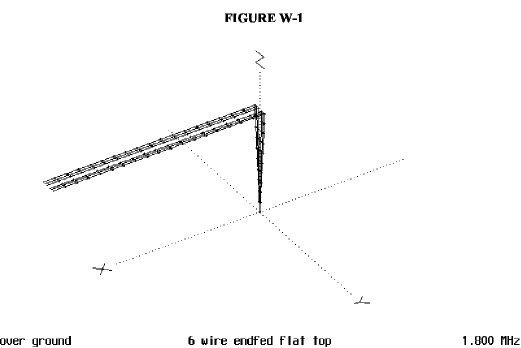

Figure 1 shows the general configuration of the antenna without the supporting masts being shown. In this case the antenna is 60 ft.(18.24 meters) tall and 60 ft long (18.24 m).

The first band we will look at is 160 meters. Figure 2 is the polar plot of the antenna and it is almost a circle, indicating a slight bit of directivity at 180 degrees.
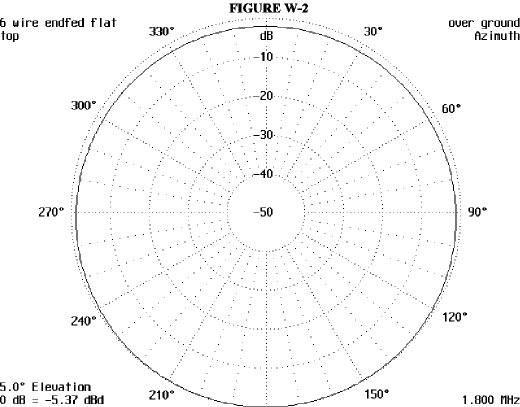
Figure 3 is the vertical plot and it also shows a slight directivity to the rear with a very small bit of gain at 133 degree elevation.
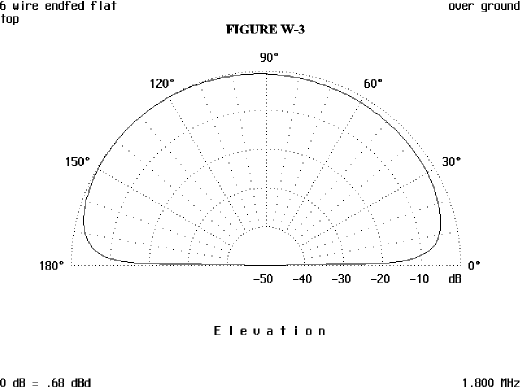
If you have been reading antenneX for any length of time, you have seen the 3D plots that have been pictured previously. In this case, the 3D is not here as it resembled a dinner roll, but by using a little imagination, you can visualize what it would look like.
Nest we will see the patterns produced on 75 meters. Figure 4 is the polar plot of the antenna on 3.6 MHz. In this plot, a definite oval can be seen with some directivity to the sides of the array.
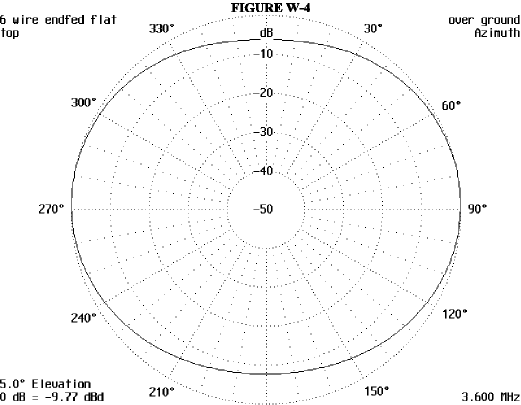
Figure 5 shows a definite gain straight up of 4.15 dB. This would be a good antenna for local coverage out to 600-900 miles, with good signal strengths at right angles to the antenna. There would be some loss off of the ends of the antenna, but not enough to really worry about.

Moving to 40 meters the, vertical plot in Figure 6 shows a maximum vertical lobe at 51 degrees, with 1.41 dB gain. There is a deep notch slightly off vertical which should null out strong locals. The horizontal plot indicates a very slight directivity, with a front to back ratio of 8.12 dB. The horizontal plot indicates the minor directivity of the antenna on 40 meters
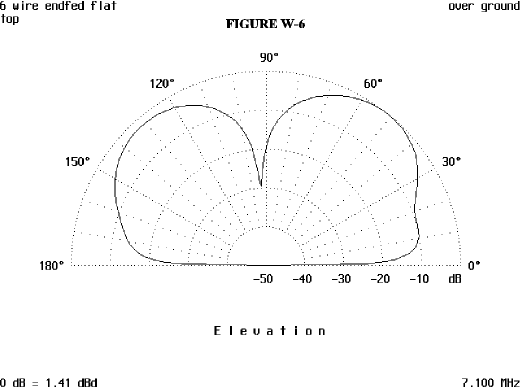
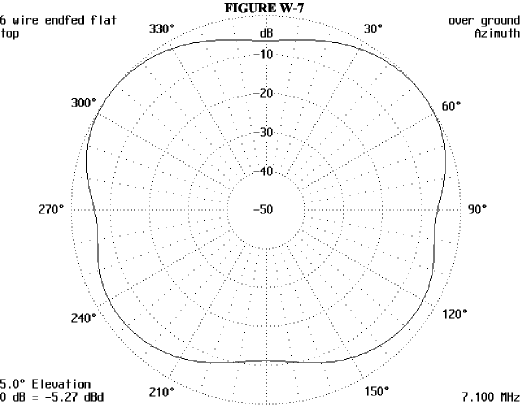
On 30 MHz, the antenna plot in Figure 8 again shows slight directivity towards the front of the array, at 0 degrees.

The vertical plot in Figure 9 reveals a major lobe at 36 degrees vertical elevation with a 2.21 dB gain. There is a minor lobe to the rear that is slightly lower in gain. This is an indication that the antenna would not be too bad for DX on 30 meters.

There is no 3D pattern here because as the frequency was increased, the 3D pattern began to resemble some sort of squash plant or jungle fungus. There will be some 3D patterns displayed later.
Originally posted on the AntennaX Online Magazine by Richard Morrow, K5CNF
Last Updated : 14th March 2024
